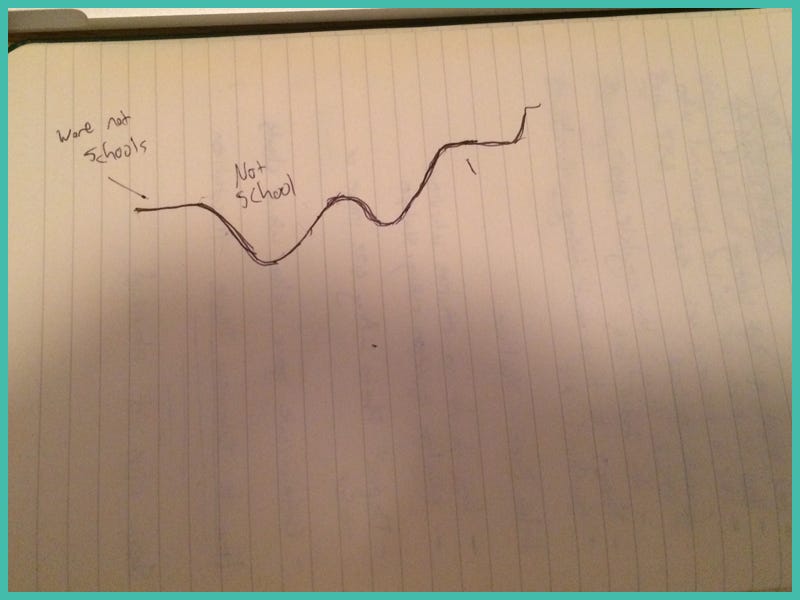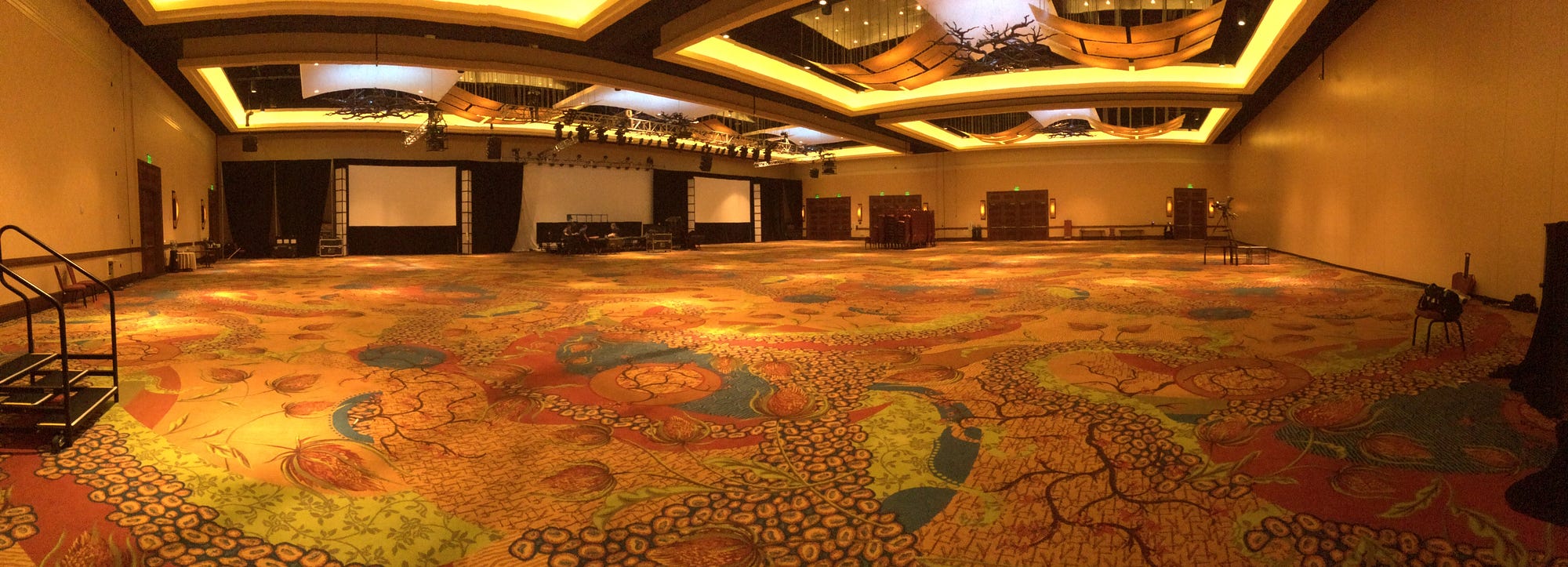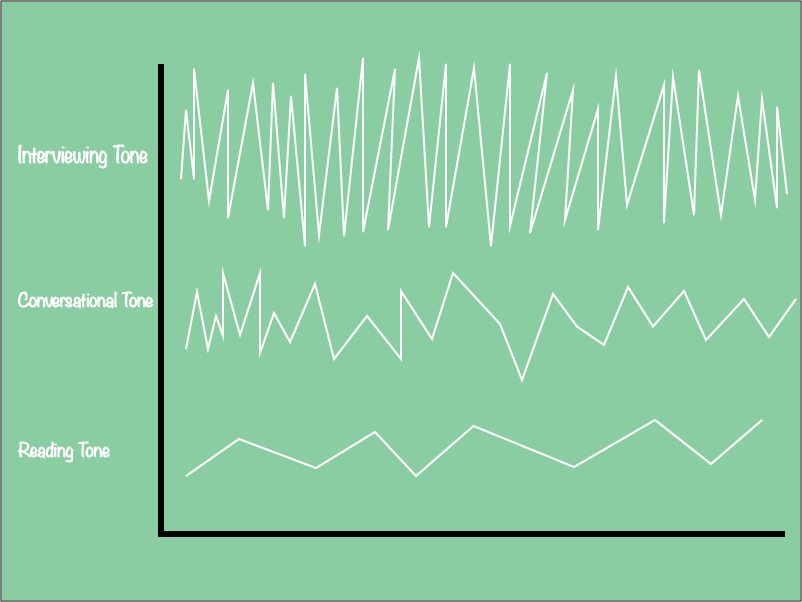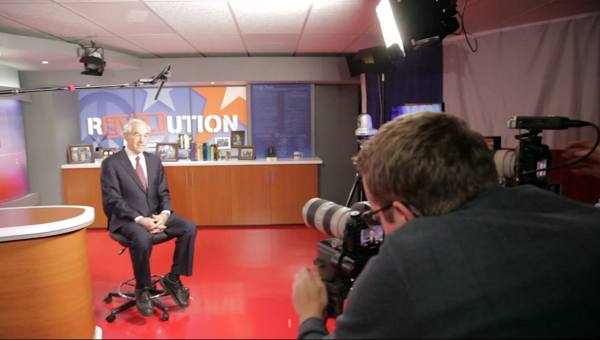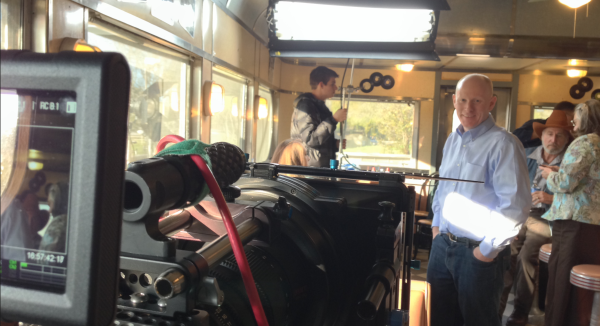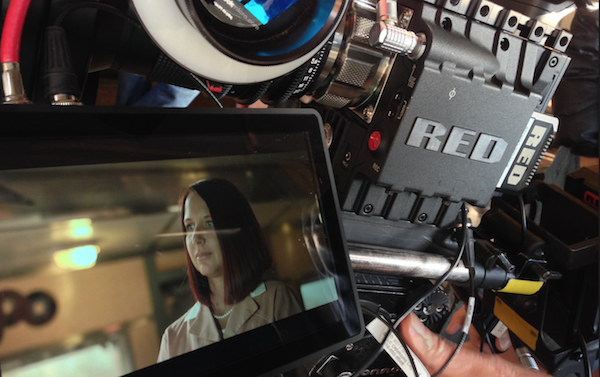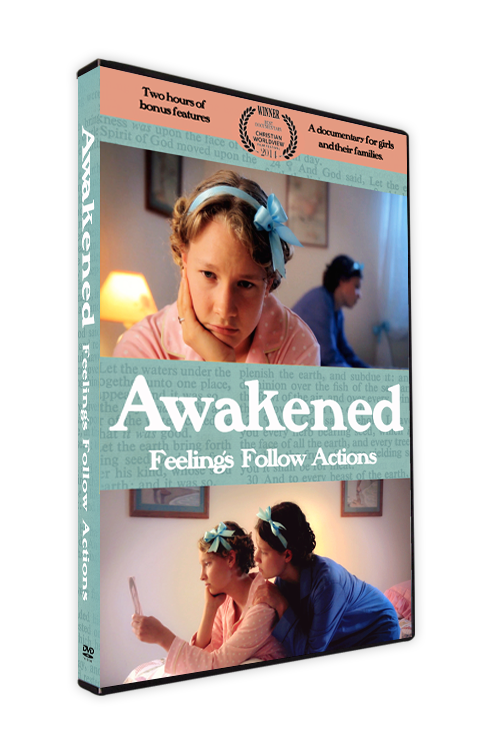Flipping The Traditional Documentary Model on Its Ear
By Lydia Hurlbut
Shane and I first met Patrick Moreau at Sundance two years ago when they were both speaking there. There was an immediate connection, the kind where you feel like you have known this person forever when you just met. We both realized his talent as a storyteller and independent filmmaker.
Patrick and the entire Stillmotion team have an amazing project that we would like to share with you. We were so moved by the story of #standwithme, that we wanted to dive into the details of this incredible story.
Stillmotion is a studio that started in weddings and is now taking on the world with a documentary about child slavery. Stillmotion’s approach to this film has been to create their own path and push the genre of documentary filmmaking. Deciding against Kickstarter and other popular crowd-sourced funding options, the film was largely funded by Stillmotion through their commercial work. With a production budget of $250,000, the Stillmotion team chose this route to remain focused on the film and tied both emotionally and financially to their belief in the impact it could have when released. Their hope with #standwithme was to blur the lines of traditional documentary storytelling. That meant how the story was told, how it transitions, how it looks, and how it sounds.
The Story
Vivienne Harr is a 9-year-old girl who saw an arresting photograph of two enslaved children in Nepal and decided to take a stand. She set up her lemonade stand for 365 days in a row, asking customers to “pay what’s in your heart,” sending proceeds to organizations that liberate and rehabilitate slaves all over the world.
Patrick directed this project and took the time to share every detail from initial funding through shooting.
Funding
“We got into this film with the idea we could donate our time to a worthwhile cause and help them make a bigger impact. We heard this story of a 9-year-old selling lemonade to fight child slavery and wanted to go down and learn more. It was always going to be a 5 min piece… but when we met them, we knew it had to be so much more. The challenge was that she was making a stand every day – the story was happening now. We thought about Kickstarter but David, our Executive Producer, felt strongly that we should remain focused on the film. As those who have tried crowd funding know, it certainly needs a lot of time and support and our focus needing to be on telling this story.”
“We ultimately decided to dive in and started by tuning the project ourselves. As the scope grew, we formed a corporation for the film and sold stock, or equity, in the film to help fund our remaining production expenses. This was a way to get the support we needed while still shouldering as much of the funding as we could and remaining focused on the film itself.”
Key Tools
“As we approached the film, there were several tools that really helped us push the boundaries of what you’d expect to see in a documentary. Of course, a great tool doesn’t make a strong story, but a strong story that is well told, with the right tools, can be even more effective at impacting the viewer.”
“As a studio, we wouldn’t have been drawn to making a film that was entirely on slavery. Let’s face it, there are tons of dark issues that need addressing, but we wanted a unique angle into the story that would attract a lot of people to see the film, and therefore have a greater chance to really create change. Vivienne was that window. She was the sparkle into the dark, dark world of slavery. Therefore, our approach was to stay in the light – keep the film feeling bright, inspirational, and empowering with a lot of energy.”
“Our film’s main character is a 9-year-old. While that means much of what we would be doing would be unpredictable, it also meant we should be ready for lots of action. The Movi would let us get smooth motion, but more than a Steadicam. It would let us quickly and easily get low to the ground (she is 9 after all). It also let us be unpredictable and follow her tricks and turns. More than just following Vivienne, the Movi could be paired with a lot of moving vehicles on our international trips to create a much larger, epic feeling. While in Namibia, we put the Movi in the front of a chopper with open sides and got sweeping scenics that would be much more costly to reproduce in a high budget feature. While one might expect to see a handheld tracking shot of somebody in a documentary, we were able to use a perfectly smooth camera taking flight over the Kalahari is a big, epic, way to open a scene, all for a $1,000 helicopter rental and a Movi Rig.”
“Whenever you take on a project of this significance for your studio (this was our first feature length doc done entirely by our studio) the choice of camera is always a big one. We can be tempted to go Red, bigger, badder – but what serves the story? We knew we had to be quick; we had to be able to travel; and we had to be able to shoot very strong visuals with a small crew. The C100 gave us the ability to pack a 24-70, a couple of cheap 32gb SD cards, and a monopod and get very strong event coverage as we travelled internationally. Shooting in Wide DR, we got great latitude in the image (awesome for bright desert shooting), but we also had built in ND filters to control the light, and great monitoring options like waveforms, peaking, and zebras – all which helped us make sure we were capturing the best image possible. With the higher compression of the C100, these guides were huge in getting it right in camera. Adding on the top handle and running audio into camera let us do some interviews with crews as small as 1 or 2. In Nepal, one of the interviews had to be DP’d, directed, produced, lit, and shot by one person. While we had a volunteer stand in as the interviewer for a proper eye line, the C100 let us handle so many duties quickly and get a strong image. The Red can make great images, but it also takes a while to start up and we would be hard pressed to think it could handle the beating we gave our gear, or the pace of our production.”
“While the C100 was by far our main cam, we also wanted something that was even smaller for tight spaces and something that could handle the roughest of weather as we travelled. The 1DC was an amazing compliment to shoot high quality production/BTS stills, as well as shooting for the film in up to 4K. As we shot Viv’s lemonade getting bottled, the 1DC was our go to camera, allowing us to get it literally inside the machines as they were running and spinning out bottles of lemonade. As we go back and review the finished film, the bottling scene has some of the strongest visuals. A large part of that is the strong image (wide range, shallow DOF, and low light) all in camera that could go where others couldn’t. When paired with the Movi, we had a lightweight option that we could lift for extend periods. At one point, we had to follow Lisa, the photographer that took the image that started all of this, as she hiked into the Kalahari on a photography trek. It was a 30 min walk out, shoot, then walk back – in the middle of the desert. Remember, we have no AC, no crew . This was one person with whatever they can carry. Being able to put the Movi in majestic mode (it responds to your movements based on tablet settings instead of using a second operator on a remote) and having it light enough let us work without support for extended periods and got some of the strongest shots you now see in the trailer.”
Westcott Icelight and Scrim Jim
“Lighting for a doc is always a battle of time and crew. While we’d love days to draw a lighting plot, scout, and setup lights, a doc often comes with all of that compressed into a matter of hours or minutes. We had interviews of some main characters that needed to be sourced and lit (with a crew of 2) in less than 30 minutes – and needed to match those that had a crew of 5 and hours of prep. Using small and quick lighting tools like the Scrim Jim and Ice Light let us make the most of some difficult terrain and harsh outdoor conditions. For several interviews in Nepal, having a crew of only 2, we chose to do interviews outdoors outside of magic hour. This fit best into the production schedule and gave us a lot of context in our interview – we couldn’t travel to Nepal and shoot in an area that didn’t feel like we were there.”
“On the other hand, the Ice Light is a battery powered daylight balanced LED light that offers a nice soft light. While too dim to light large areas, it is a great helper light for treks into the middle of nowhere. While shooting the Bushmen of Namibia, who live in the Kalahari Desert, we were fortunate to spend an evening with them and experience their medicine dance. Lit by only a fire in the middle of nowhere, we could use the power of the C100 to get great low light images. It was easy for the people to fall into nothing with no power or buildings around. Using the ice light and some 12 CTO, we could get a light place in a tree 15’ away to give us a nice edge light and some separation.”
“We knew going into this that we were telling a story that would be strong in history. We would want to cover the story of how Vivienne’s story started – something documented daily on Twitter and Instagram with images – as well as the history of how Fair Trade USA started. One of our main characters is a photographer with an incredible body of work, and we’d need to show her images in setting up the story of how ‘the image’ that started it all was taken. We knew we couldn’t try and push how documentaries look and feel while having photos that pan and zoom in post. It was too digital and artificial feeling. Instead, we put the images in real and relevant environments and shot them with a motion control slider. This meant our cuts from one image to another would cut perfectly, and we could get very smooth and repeatable slow shots. When it came to shooting Vivienne’s bottles in stores, we went to dozens of stores and again relied on the motion control to get slow, smooth, and repeatable motion across locations. We shot wide, medium, tight in many locations – all at the exact same speed and direction. In the end, we quickly cut through dozens of shots of the bottles across the dozens of stores, and it all flows so well because of the consistency between shots. Add in some sound design in post (kids playing and laughing over Viv’s photo) for a strong emotional depth and compelling visuals of what could have easily just been a photo zoomed in post.”
At its core, #standwithme is a social invitation for people to stand against slavery and invite others to join in doing so. Stillmotion’s hope for this trailer is not that you’ll go out to see this film because it looks like a good movie. Their hope is that 30 million human beings is something you can’t turn away from, and that this trailer will leave you wanting to know more about the issue and how we can all do our part to truly put an end to this suffering.
The #standwithme Premiere Tour will be hitting the road in February, taking the film to 30 cities in the US & Canada. But there’s another tour we think you guys will be even more excited about…
The Storytelling With Heart Filmmaking Workshop!
The Storytelling With Heart Tour is a one-day filmmaking workshop all about how to use your talent and passion as a filmmaker to tell the stories you REALLY want to tell, and tell them powerfully. The workshop will take place on the day following the #standwithme premiere in each city.
In addition to a live Q&A from #standwithme’s directors Patrick Moreau and Grant Peelle at each premiere, there will also be an educational workshop held the following day in each city, known as the Storytelling With Heart Tour. The workshop tour welcomes anyone who is interested in independent filmmaking and telling meaningful stories, and will be an opportunity to get hands-on instruction and insight from the Stillmotion team on their filmmaking process. Each workshop will run from 9 am-5 pm, on the day following the premiere of #standwithme.
Visit www.Stillmotionblog.com for more information on Stillmotion’s education program and to purchase tickets to the workshop. Use the discount code hurlbut10 to get 10% off of your registration fee. (Code expires December 31, 2013.)
Our friends at Stillmotion put a lot on the line to make #standwithme, but there was never really any question as to why they kept going. They believed in the story, plain and simple.
If enough people are made aware of just how much power they have to stop slavery, even though something as simple as a shift in shopping habits, a global commitment can be made, and together we can make a vital mark. We are proud to be inviting you to stand with us.
- - - - - - -
(Article Source)



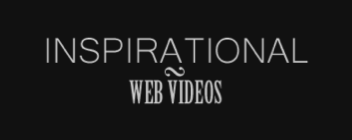








 Post a Comment
Post a Comment